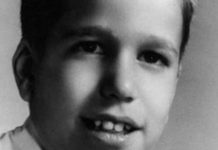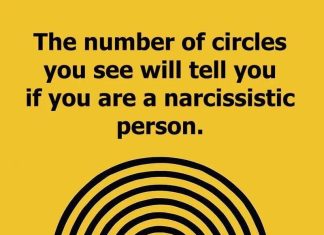When the Wild Met the World: The Harambe Incident and the Questions That Still Echo
It was a day like any other at the Cincinnati Zoo—sunshine, laughter, the curious eyes of children peering through glass at creatures they’d only seen in books.
But by the time the sun set, what began as a normal outing had turned into a global controversy, igniting debates that still smolder years later.
A three-year-old boy, small and full of wonder, slipped away from his mother’s grasp and tumbled into the gorilla enclosure—a space not meant for human presence.
What happened next was captured by shaken visitors, their phone cameras recording what would soon become one of the most scrutinized videos on the internet.
There, in the enclosure, stood Harambe—a 17-year-old, 400-pound silverback gorilla.
A symbol of strength and intelligence. What unfolded between Harambe and the child was a tense, surreal dance of nature and innocence. Harambe touched the boy, pulled him through the water, looked him over with seeming curiosity, and possibly concern. But to the human eye, it was terrifyingly unpredictable.
Zoo officials, watching from above, had only moments to choose. A child’s life hung in the balance, and in the end, the decision was made: Harambe was shot and killed to ensure the boy’s safety.
The world reacted instantly—and emotionally. The footage went viral, triggering an avalanche of opinions. Some hailed the zoo’s fast decision as a necessary evil; others mourned Harambe as an innocent life lost to human error. The debate spilled far beyond zoo walls and into living rooms, newsrooms, and classrooms across the world.
The boy’s mother became a lightning rod online. Critics blamed her; defenders pointed out how fast toddlers move and how accidents can happen to anyone. Meanwhile, animal experts tried to make sense of the gorilla’s behavior: Was Harambe protecting the child—or asserting dominance in a situation no wild animal should have to navigate?
“This wasn’t a clean-cut villain or victim story,” said one primatologist. “It was a failure of systems—a child in danger, a gorilla acting on instinct, and a moment where time left no room for perfect choices.”

















